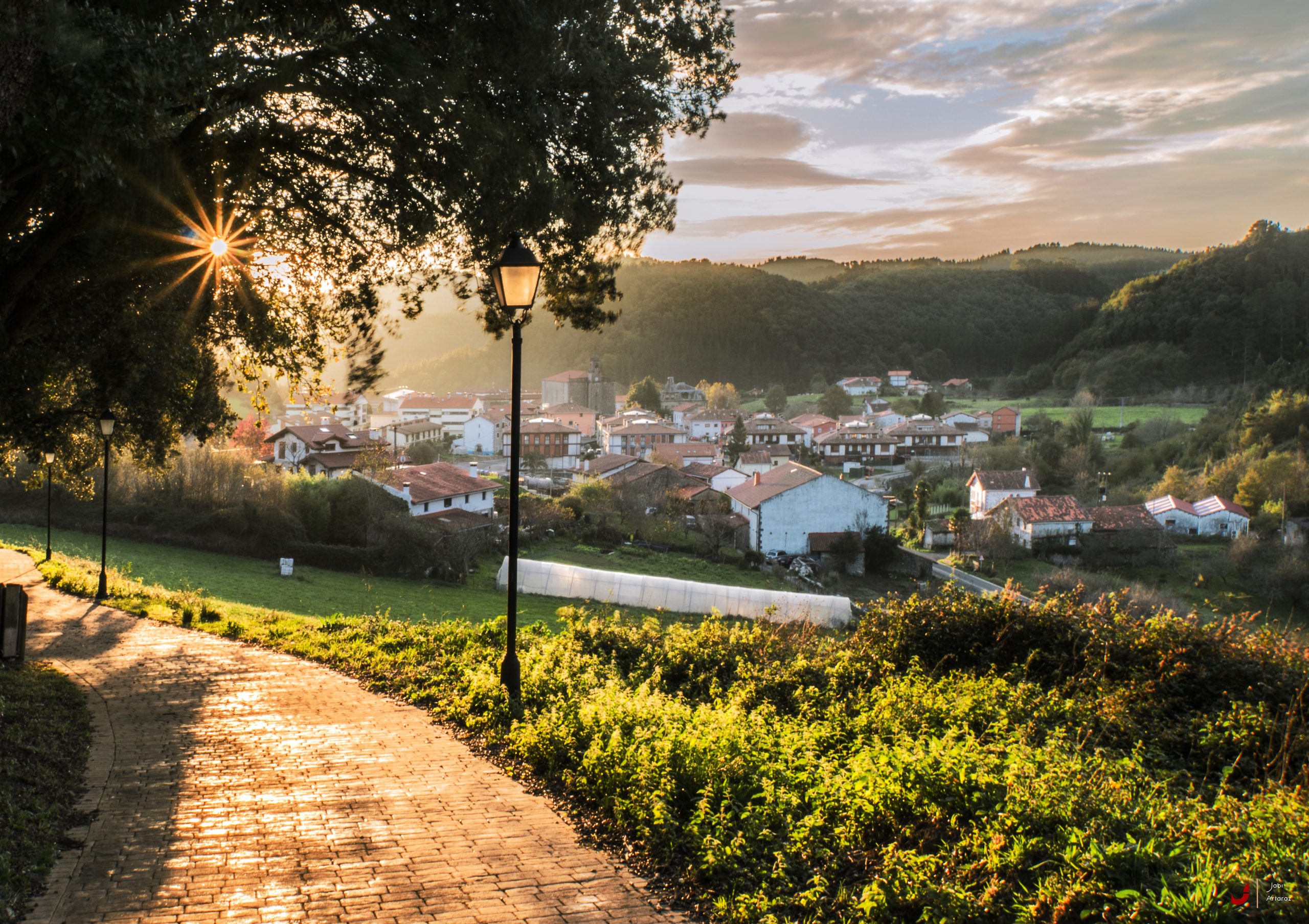

The tool at work – focus on Ispaster
For Ispaster, the application developed for LocalRES will be very useful for yearly entry calls: it would give people a tangible interface to refer to when making their informed decisions.
Citizens will be able to see different simulations depending on the potentiality [price point/emission reduction] of different hardware and choose what’s right for them. Firewood and propane are still in common use and proper isolation in dwellings is an ongoing process. Efficiency is the goal for the municipality.
It is often counterintuitive, savings in the long run come at a somewhat steep entry investment and this application would help people better visualise what the future might look like. It takes one billing cycle for people to see a difference. Their electricity bill will go up, but the gas bill disappears.
Ekogella is currently maneuvering around the technical regulations imposed by the utility company that owns the grid – energy must come from one main location and that location cannot change.
PV is the workhorse of the operation: it allows for a lot of ground cover and allows to connect multiple dwellings remotely. Five energy community installations service 22 people but another 5 members are isolated and cannot be connected.
District heating is used for heat and hot water in the town hall, municipal buildings and ten dwellings since 2020. – making use of biomass boilers [relegated to one area for reasons of cost] and vacuum tubes [which provide more heat in the winter than in the summer, by the magic of science]. The gas installation has been preserved as a backup for the time being, considering the nature of some of the buildings/contract restraints
Heat pumps are also used in the community, factoring in the drop in power generation four months out of the year.

